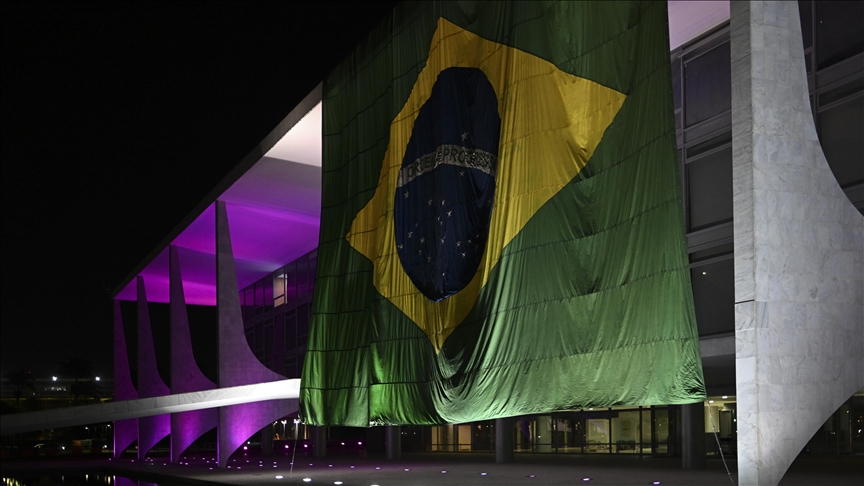Global Courant
Visitors look at stock index screens at the Tokyo Stock Exchange in Tokyo, Japan on Tuesday, July 24, 2018.
Akio Kon | Bloomberg | Getty Images
Japan’s Nikkei 225 could reach 40,000 points in the next 12 months as fundamentals “point in the right direction,” according to market strategist Jesper Koll.
His optimism in Japan also stems from a strong recovery in business confidence and a supportive fiscal policy.
Should the forecast come true, it would mean that the Nikkei would have broken its all-time high of 38,195 set on December 29, 1989.
At the time, Japan was in the middle of a real estate bubble. When the real estate market collapsed, stock and land prices also crashed, leading to a period of low economic growth in Japan that has continued to this day.
Koll, an expert director at the financial services company Monex Group, told CNBC’s “Squawk Box Asia” that in addition to investor interest, “Japanese CEOs are now using their retained earnings for the first time in 30 years to actually invest in people, to invest in the business.”
“I see no reason why we shouldn’t get above 40,000 in the next 12 months,” he said Monday.
Japan’s central bank has been pursuing an ultra-loose monetary policy for more than 20 years.
Asked if his forecasts take into account expectations that the Bank of Japan could tighten monetary policy, Koll said if there is no push factor for the BOJ to change interest rates, “why change monetary policy just for the sake of monetary policy change? It makes absolutely no sense.”
He thinks BOJ Governor Kazuo Ueda has a “watchful wait and see” attitude to the economic data coming out of Japan.
The most important thing to watch is next year’s spring wage negotiations, he said, adding that it will show whether “the deflation spell has been broken and whether Japanese CEOs are willing to invest in people and capital expenditures.”
Only then will the BOJ normalize interest rates, he said, but “this wouldn’t last for at least six to nine months.”
Stock Chart IconStock Chart Icon
However, IG analyst Tony Sycamore has a slightly different opinion than Koll.
He said that while there is more upside in the Nikkei, “a lot of good news is already priced in”.
With the Nikkei already seeing a 27% year-to-date gain, it expects the rally to falter between 36,000 and an all-time high of 38,195 before settling in around 33,000 12 months from now. This is in the expectation that the BOJ will proceed to tighten monetary policy.
For Sycamore, history could also offer some insights.
“Keep in mind that the last thing the BOJ wants to create is another asset bubble in Japan after spending three decades trying to fix the last one,” he told CNBC.
Read more about investing in Japan on CNBC
However, Koll believes it is “extremely difficult” to show that Japanese assets are overvalued.
He pointed out that the Japanese market trades at a price-to-earnings ratio of 14 times, but that half of the companies in the market are trading below book value.
While real estate prices are at levels not seen since the bubble, they are still affordable after taking into account current mortgage rates and wages, Koll said.
“So from that perspective, is there an asset bubble here that creates social disruption that creates discomfort within the Japanese economy, within Japanese society? The answer is definitely no.”








